diff options
Diffstat (limited to 'content/blog/2021-03-28-vaporwave-vs-outrun.md')
| -rw-r--r-- | content/blog/2021-03-28-vaporwave-vs-outrun.md | 133 |
1 files changed, 133 insertions, 0 deletions
diff --git a/content/blog/2021-03-28-vaporwave-vs-outrun.md b/content/blog/2021-03-28-vaporwave-vs-outrun.md new file mode 100644 index 0000000..1ac49e9 --- /dev/null +++ b/content/blog/2021-03-28-vaporwave-vs-outrun.md @@ -0,0 +1,133 @@ ++++ +date = 2021-03-28 +title = "Vaporware vs. Outrun" +description = "" +draft = false ++++ + +# Overview + +When it comes to an aesthetic that originated primarily online, there +tends to be a lot of confusion around what falls into each specific +genre. This post discusses Vaporwave and Outrun, which have become +almost synonymous in the minds of those online who aren\'t hardcore into +these genres of media. More specifically, Outrun is largely an unknown +term while all aesthetics in these two genres are usually attributed to +Vaporwave. For example, take a look at the image search results for +Vaporwave: the results include **a lot\*** of Outrun-themed images. +You\'ll find a similar trend almost everywhere. + +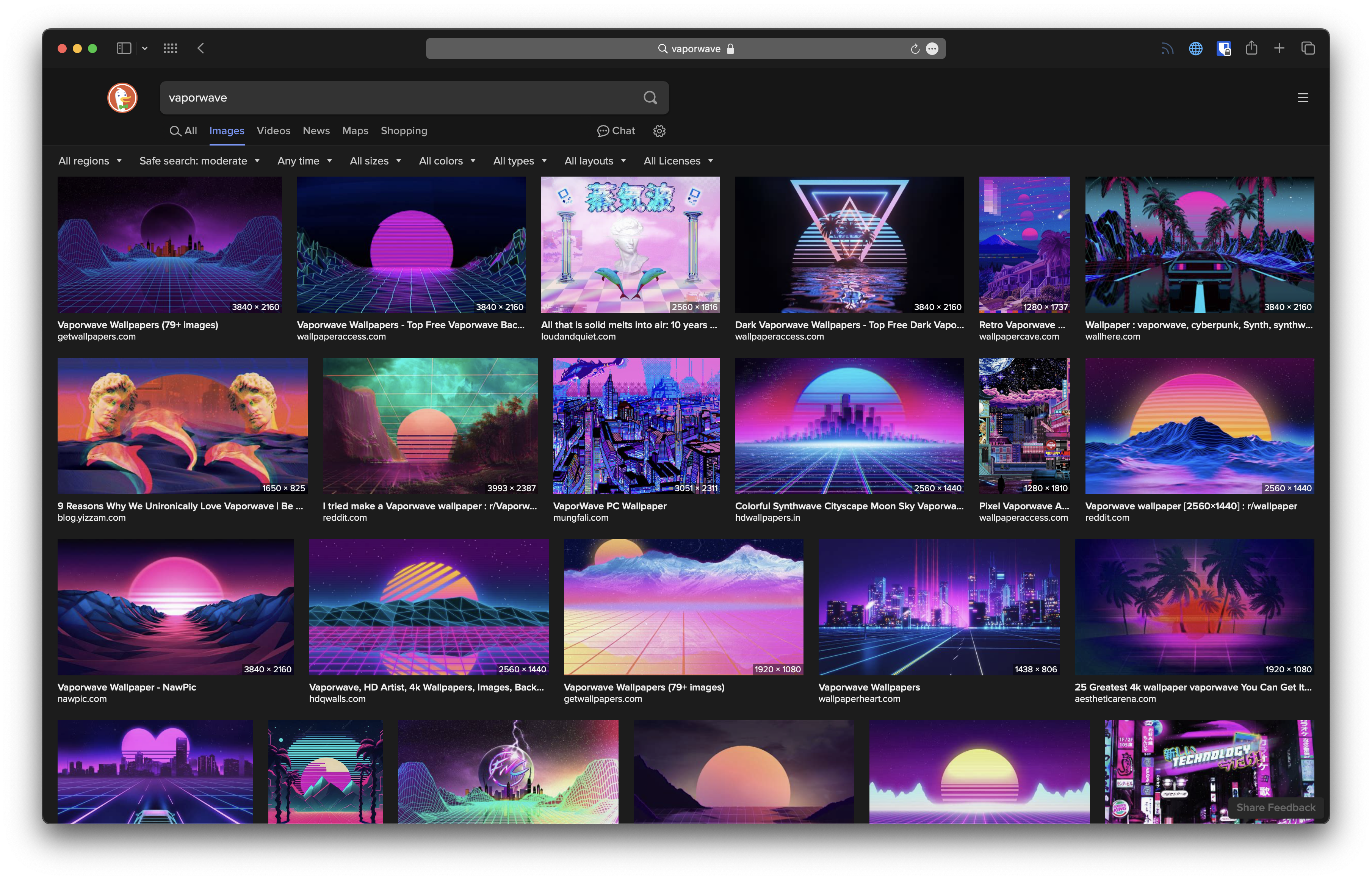 + +# Vaporwave + + + +Okay, so what is Vaporwave? I\'m going to just copy-and-paste some +general info from the Wikipedia article on +[Vaporwave](https://en.wikipedia.org/wiki/Vaporwave), so that I\'m not +repeating everything you can already search for online: + +> Vaporwave is a microgenre of electronic music, a visual art style, and +> an Internet meme that emerged in the early 2010s. It is defined partly +> by its slowed-down, chopped and screwed samples of smooth jazz, +> elevator, R&B, and lounge music from the 1980s and 1990s. The +> surrounding subculture is sometimes associated with an ambiguous or +> satirical take on consumer capitalism and pop culture, and tends to be +> characterized by a nostalgic or surrealist engagement with the popular +> entertainment, technology and advertising of previous decades. +> Visually, it incorporates early Internet imagery, late 1990s web +> design, glitch art, anime, 3D-rendered objects, and cyberpunk tropes +> in its cover artwork and music videos. + +This is an excellent summary, and it helps address my point here: there +are specific aspects that make Vaporwave unique: + +## Time Frame + +The time frame for references, logos, etc. focuses mostly on the 1990s +in Vaporwave. You\'ll see old school Pepsi logos, Microsoft 95 screens, +tropical plants, classic marble sculptures, and many references from +Japan\'s influence in the 90s. + +## Art + +The color scheme is generally a soft, light palette that uses pastel +colors. The backdrop will often be in a light-pink or teal blue. + +## Music + +The musical genre of Vaporwave incorporates soft tunes, lounge music, +and sound effects that will make the listener reminisce of the 90s. The +sounds of the genre are generally slower-paced and calming. The major +breakthrough artist for Vaporwave was [Macintosh +Plus](https://en.wikipedia.org/wiki/Vektroid), who released the album +[Floral +Shoppe](https://archive.org/details/MACINTOSHPLUS-FLORALSHOPPE_complete) +in 2011. Another more recent example is the artist +[sadbert](https://sadbert.bandcamp.com/), whose latest album +incorporates the upbeat tones of the 1999 Dilbert TV series. + +Notice that Vaporwave doesn\'t include things like racing cars, +futuristic technology, chrome, or the deep orange/purple color scheme. +Vaporwave is a focus on the idyllic state of the world when technology +was becoming common in households, a reality that we have already +experienced. Focus on the most aesthetically-pleasing parts of that past +is a large part of Vaporwave. + +# Outrun + +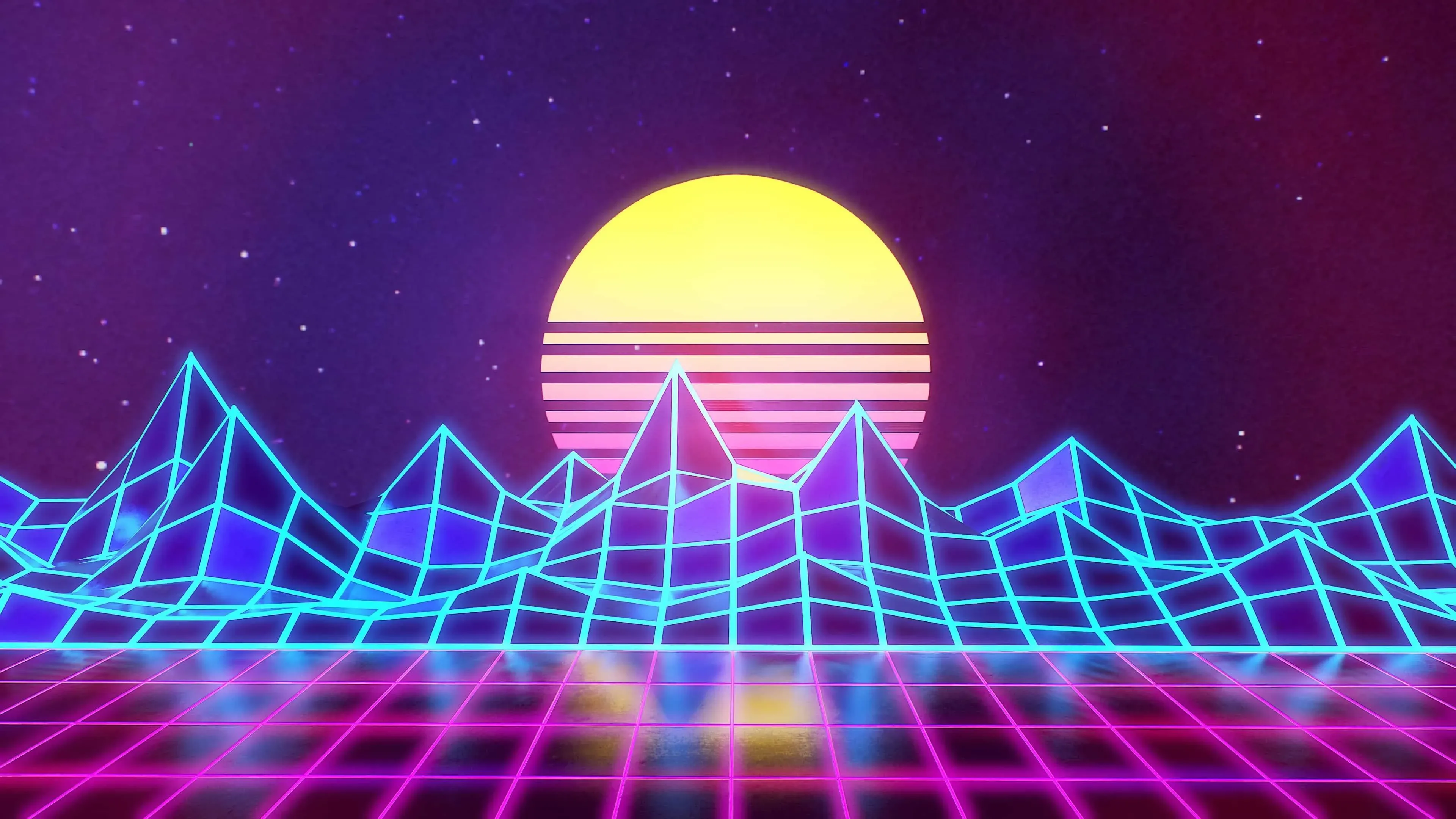 + +Now, let\'s get to Outrun. This one is a little trickier since the genre +has largely been lumped under the Vaporwave title for so long. However, +it stems from the [Synthwave](https://en.wikipedia.org/wiki/Synthwave) +music genre and is likely named after the 1986 racer game, [Out +Run](https://en.wikipedia.org/wiki/Out_Run). + +## Time Frame + +Outrun can be thought of as a retro-futuristic aesthetic born from the +1980s. + +## Art + +The color scheme uses a very dark color palette with the main colors +being deep oranges, blues, and purples. Red edges are common around +objects in Outrun art. The background of the Outrun aesthetic is almost +always a neon grid like you\'d expect to see in Tron or a 1980s arcade +machine. + +Classic sports cars, chrome robots, computer generated graphics and +fonts, and the occasional use of rain or palm trees can be found in +Outrun art. + +## Music + +This aesthetic has a more aggressive and fast-paced style of music, +which tends to match the subject of the art in this aesthetic. + +Outrun enthusiasts love what people in the 1980s thought the future +would look like. Take a look at a common video game discussed in Outrun +circles, Far Cry 3: Blood Dragon: + +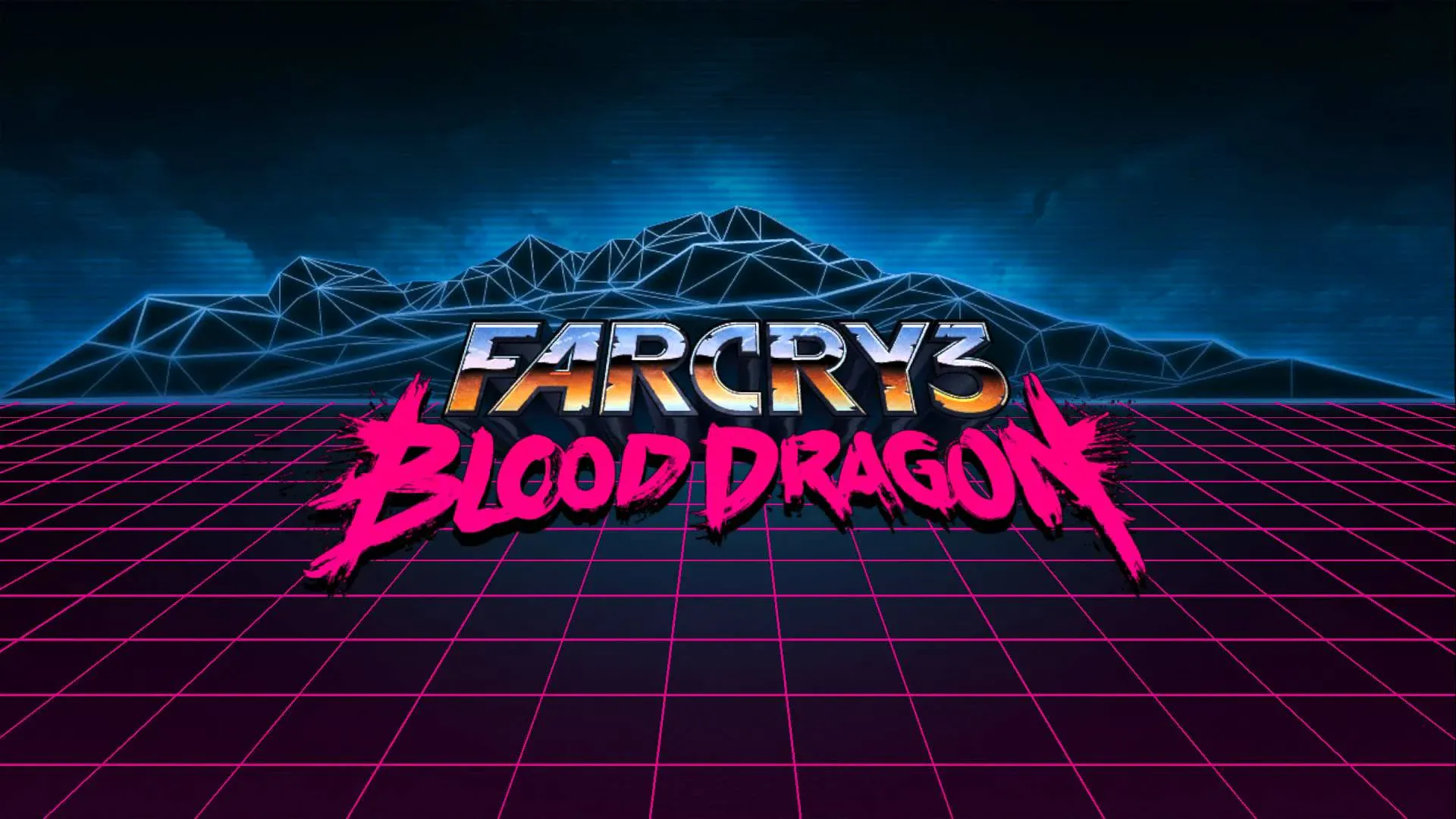 + +Another example that doesn\'t force the color scheme as hard as some +online art does is Kung Fury: + +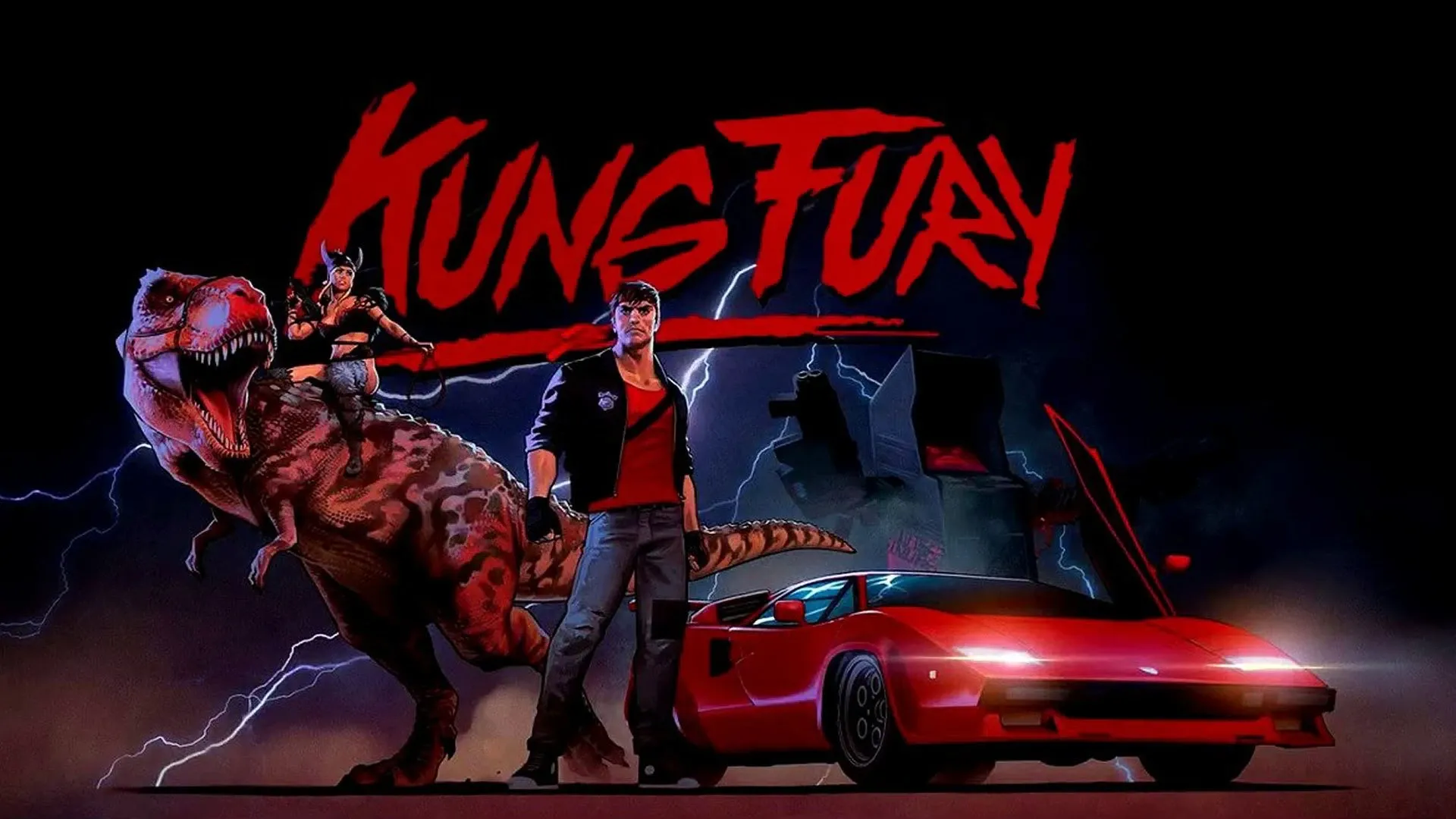 + +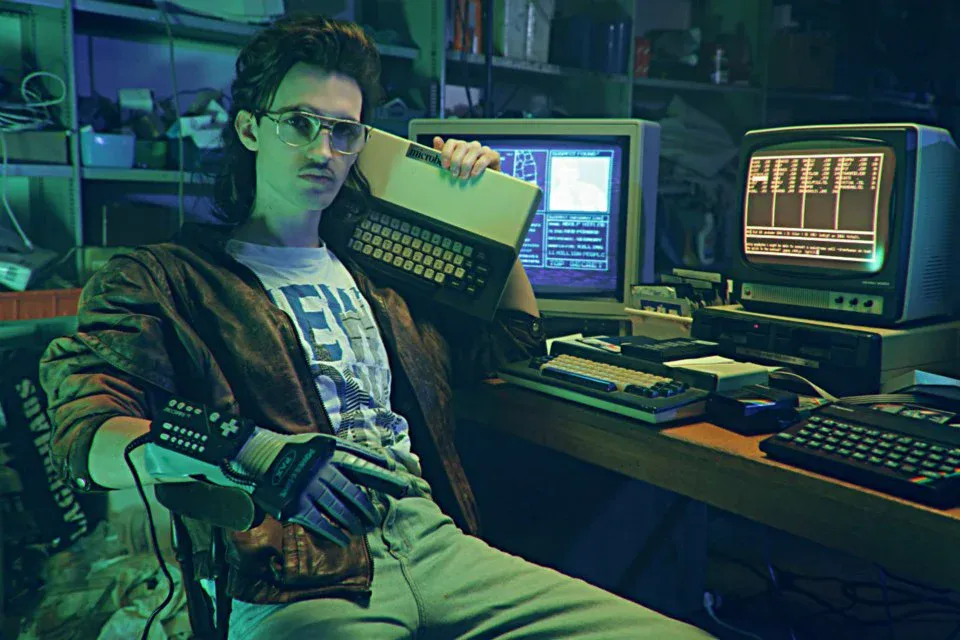 + +# Conclusion + +While Vaporwave and Outrun share similarities, they are two distinct +aesthetics with many important distinctions. Someone who enjoys one may +not necessarily enjoy the other, so it\'s important to make sure we +properly describe the aesthetic we\'re looking for. |
